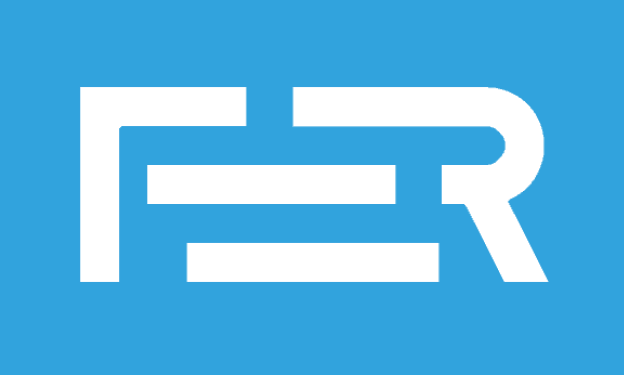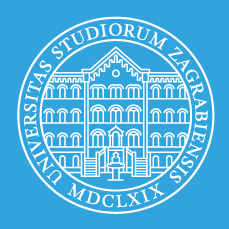The Internet of Things (IoT) connects devices of limited computing resources to a global Internet. It provides things and objects of daily life with a possibility to become connected to Internet and remotely available. An object connected to the Internet can continuously stream information about its environment, but also communicate and receive commands from the network and perform certain actions, which is a prerequisite for the development of so-called Smart environments that will undoubtedly affect our daily lives and a range of areas (households, cities, transportation, industry, retail, healthcare, etc.). The significant growth of this area of R&D is indicated by the growth of the market for devices connected to the Internet. According to the latest Gartner report, almost 3.9 billion devices were connected to the Internet in 2014, with an estimated 25 billion by 2020. The IoT research area is particularly prominent in the strategic orientations of the European research and development program Horizon 2020 and Horizon Europe as it is considered as a potential driver of positive social change and economic growth in the EU, and is also the backbone of the so-called industrial revolution Industry 4.0.


